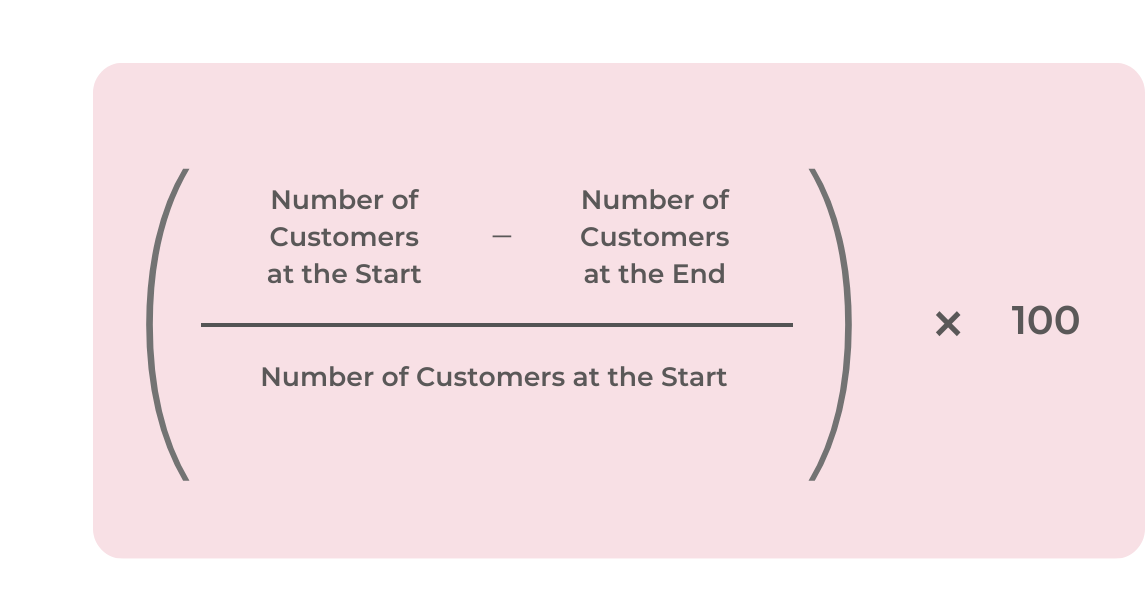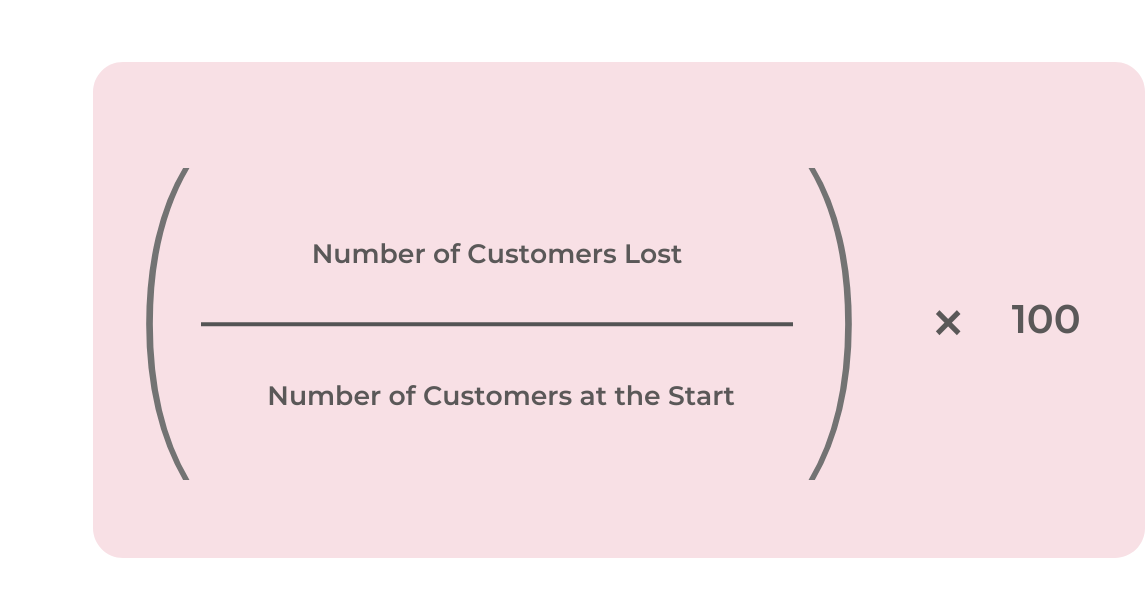January 9, 2025

Customer churn, the rate at which clients cease making transactions with a business, presents significant challenges for companies in various industries. The impact of customer churn ranges from reduced revenue to the potential damage of a brand’s reputation. With the increasing competitiveness of 21st century markets, understanding and addressing the causes of customer churn has never been more important.
This guide delves into the need to predict churn, explores its underlying causes, and proposes actionable strategies to decrease it. Additionally, the guide discusses the role of online research platforms in offering real-time insights and fostering proactive approaches. By understanding and then addressing churn, businesses will improve customer retention and thus strengthen their market position.
The customer churn rate signifies the percentage of customers who end their relationship with a business within a specific time frame. It is an essential metric, shedding light on customer retention and overall business performance.
To calculate the churn rate:

Or

With a clear grasp of this metric, businesses can better understand the urgent need for predicting and addressing customer losses.
Understanding when and why customers might leave is crucial for any business. It is not just about preventing loss; it is about maximising value. Predicting churn allows businesses to be proactive, ensuring they allocate resources effectively and maintain a positive relationship with their existing customers.
The customer satisfaction in a business constantly evolves, influenced by several factors. While some reasons for churn are external and beyond a company's control, many are internal and can be addressed. Identifying and understanding these causes is the first step towards mitigation.
Reducing churn requires a blend of strategies tailored to address specific customer needs. It is more than just reacting to problems; it is about creating an environment where customers feel consistently well-valued and understood.
One of the most potent tools in reducing churn is listening to your customers. By actively seeking feedback, businesses can understand the unique pain points and preferences of their user base. Addressing these concerns not only enhances the user experience but also builds trust, ensuring that customers feel valued and understood.
Investing in efficient customer support will significantly reduce churn. Ensuring that customer concerns are addressed promptly, courteously, and effectively will cultivate loyalty. Continuous training for support teams and leveraging technological advancements will streamline this process, enhancing the quality of interactions.
Personalised solutions and communications resonate better with customers. By understanding individual preferences and tailoring offers or solutions accordingly, businesses can make customers feel special, leading to increased satisfaction and loyalty.
The market is continually evolving. New trends emerge, customer preferences shift, and technological advancements redefine possibilities. By staying updated and continuously adapting products or services, businesses can ensure they remain relevant to their customers, reducing the chances of churn that might occur due to falling behind current trends.
Our digital age offers businesses new tools to understand and engage their customers. Online research platforms stand out among these tools, serving as a bridge between businesses and their clients, and enabling real-time interactions and insights. Online Research Platforms can help with the following:
Pinpointing and addressing the causes of customer departures, anticipating possible drop-offs, and implementing effective strategies are essential steps in sustaining a loyal customer base, and fostering lasting relationships.
It is vital for businesses to bridge any discrepancies between what customers expect and what is delivered, while simultaneously ensuring unparalleled support. The use of online research platforms provides businesses with real-time and relevant insights that allow them to stay agile and responsive amidst ever-changing market conditions.
For expert advice on reducing customer churn and leveraging online research platforms effectively, please connect with our dedicated team at GMO Research.

|